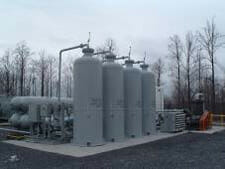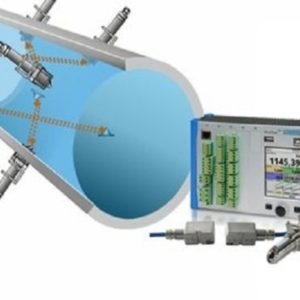E – 1459 Operation and Theory of Adsorption Technologies
$75.00
Courses Included
This course discusses practical guidance for the design of liquid and vapor phase devices for the adsorption of organic chemicals. The adsorptive media addressed include granular activated carbon (GAC) and other alternative adsorption carbon media, such as powdered activated carbon (PAC) and non-carbon adsorbents. It addresses various adsorption media types, applicability, use of various adsorption process technologies, equipment and ancillary component design, availability, advantages, disadvantages, regeneration methods, costs, and safety considerations. The equipment can be installed alone or as part of an overall treatment train, based on site-specific factors.
This course will give environmental and civil engineers and other design and construction professionals an introduction to the design, construction and process control considerations for adsorption technologies such as those utilizing activated carbon.
Description
This course discusses practical guidance for the design of liquid and vapor phase devices for the adsorption of organic chemicals. The adsorptive media addressed include granular activated carbon (GAC) and other alternative adsorption carbon media, such as powdered activated carbon (PAC) and non-carbon adsorbents. It addresses various adsorption media types, applicability, use of various adsorption process technologies, equipment and ancillary component design, availability, advantages, disadvantages, regeneration methods, costs, and safety considerations. The equipment can be installed alone or as part of an overall treatment train, based on site-specific factors.
This course will give environmental and civil engineers and other design and construction professionals an introduction to the design, construction and process control considerations for adsorption technologies such as those utilizing activated carbon.
- Learn about GAC and PAC filters;
- Learn the importance of particle size distribution;
- Learn the role of adsorption pores;
- Learn about the iodine and molasses numbers;
- Learn how to apply apparent and bulk density values;
- Learn how isotherms and defined and utilized; and
- Learn some rules of thumb that can be useful in evaluating isotherm data.






